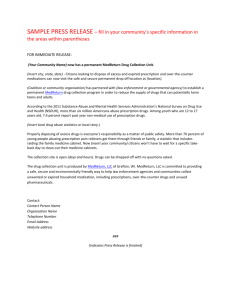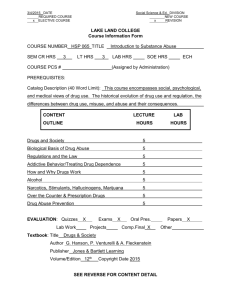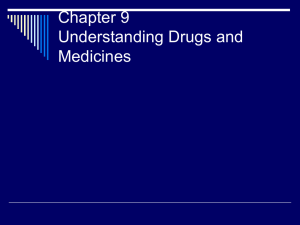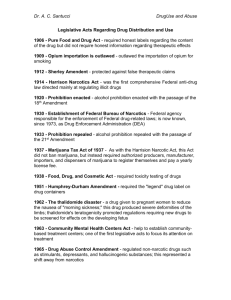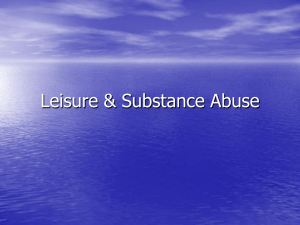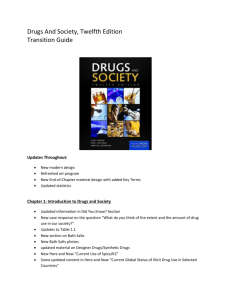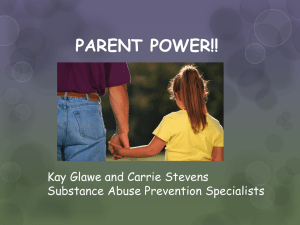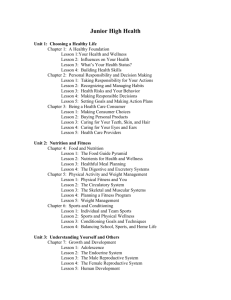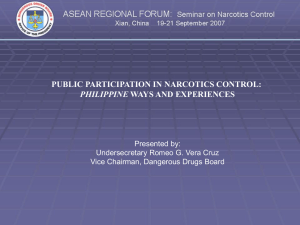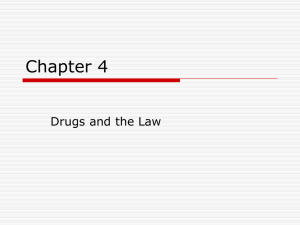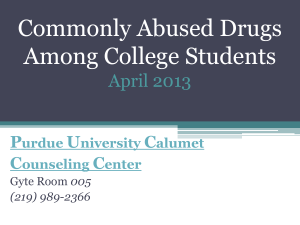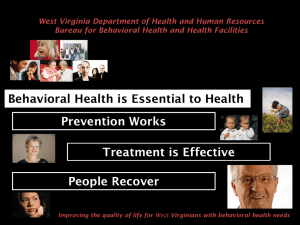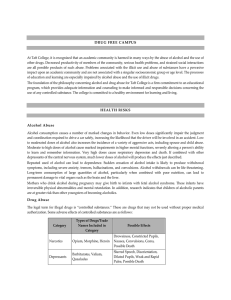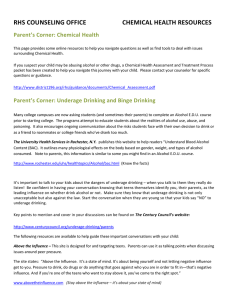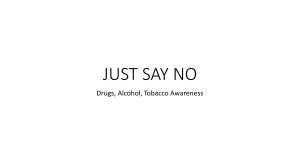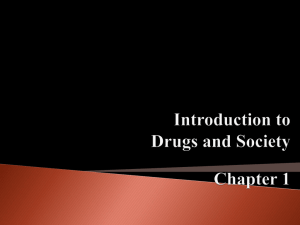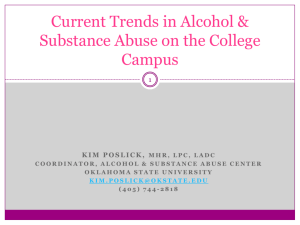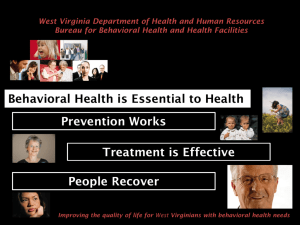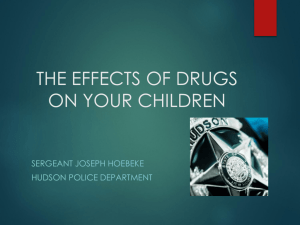HLTH 1166 - Darton College
advertisement
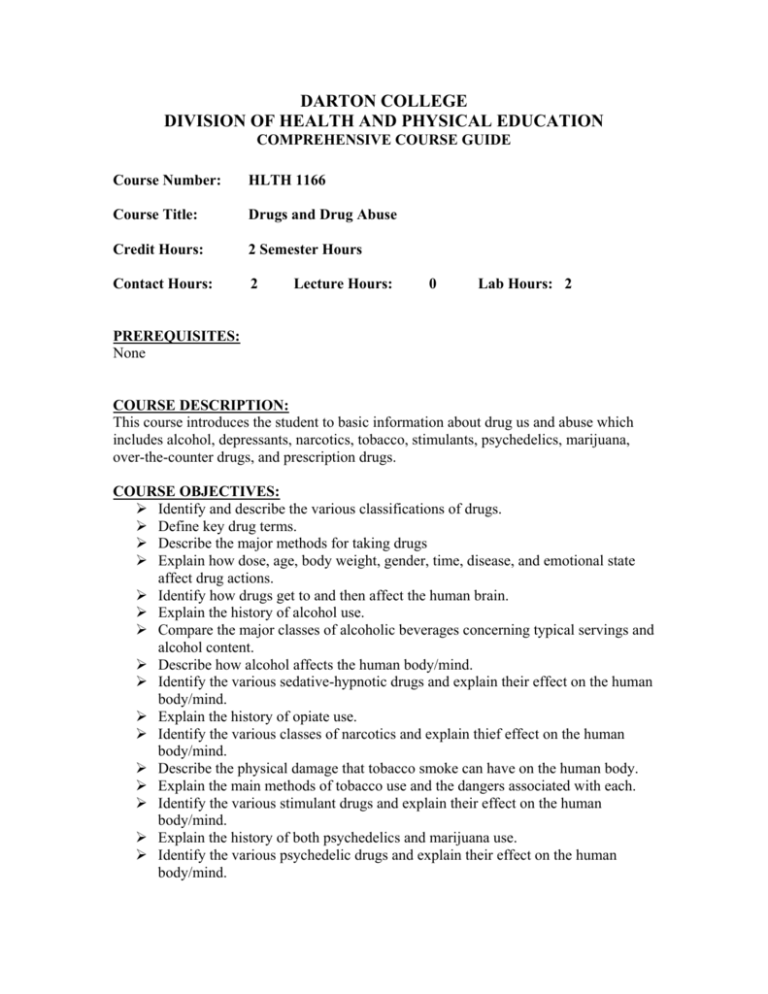
DARTON COLLEGE DIVISION OF HEALTH AND PHYSICAL EDUCATION COMPREHENSIVE COURSE GUIDE Course Number: HLTH 1166 Course Title: Drugs and Drug Abuse Credit Hours: 2 Semester Hours Contact Hours: 2 Lecture Hours: 0 Lab Hours: 2 PREREQUISITES: None COURSE DESCRIPTION: This course introduces the student to basic information about drug us and abuse which includes alcohol, depressants, narcotics, tobacco, stimulants, psychedelics, marijuana, over-the-counter drugs, and prescription drugs. COURSE OBJECTIVES: Identify and describe the various classifications of drugs. Define key drug terms. Describe the major methods for taking drugs Explain how dose, age, body weight, gender, time, disease, and emotional state affect drug actions. Identify how drugs get to and then affect the human brain. Explain the history of alcohol use. Compare the major classes of alcoholic beverages concerning typical servings and alcohol content. Describe how alcohol affects the human body/mind. Identify the various sedative-hypnotic drugs and explain their effect on the human body/mind. Explain the history of opiate use. Identify the various classes of narcotics and explain thief effect on the human body/mind. Describe the physical damage that tobacco smoke can have on the human body. Explain the main methods of tobacco use and the dangers associated with each. Identify the various stimulant drugs and explain their effect on the human body/mind. Explain the history of both psychedelics and marijuana use. Identify the various psychedelic drugs and explain their effect on the human body/mind. Describe the various forms of marijuana use and explain the effects of each on the human body/mind. Identify various over-the-counter drugs and explain their effects of the human body/mind. Identify various prescription drugs and explain their effects on the human body/mind. Explain why athletes seem to be psychologically vulnerable to the use and abuse of psychoactive drugs. Explain why drug and alcohol abuse is so often seen as a family affair. Explain how the family can function in the primary prevention of drug abuse. Describe the basic elements of a comprehensive school policy against the use of alcohol and other drugs. Explain the several functions of a student assistance program. COURSE CONTENT: 1. Drugs, drinks, and medications 2. The allure of drugs 3. Pharmacology 4. Alcohol 5. Alcohol abuse and alcoholism 6. Narcotics 7. Sedative-hypnotics and inhalants 8. Tobacco 9. Cocaine and other “chemical uppers” 10. Psychedelics and phencyclidine 11. Marijuana 12. Over-the-counter drugs 13. Prescription drugs 14. Alcohol and other drugs in special populations 15. Drug-abuse prevention 16. Alcohol, tobacco, and other drug prevention education
